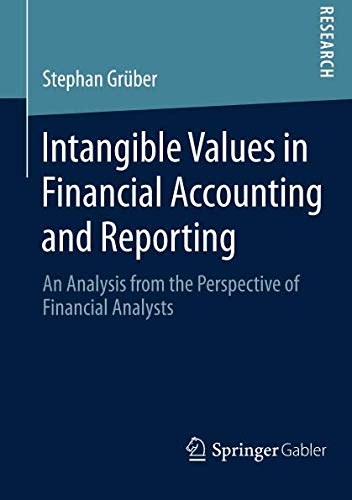### What is Loan Flipping: Understanding the Risks and Consequences of This Financial Practice
**What is loan flipping?** Loan flipping is a financial practice that involves repeatedly refinancing a loan, often with the same lender, without any substa……
**What is loan flipping?** Loan flipping is a financial practice that involves repeatedly refinancing a loan, often with the same lender, without any substantial benefit to the borrower. This typically occurs in the context of mortgage loans, where homeowners may be persuaded to refinance their mortgages multiple times, incurring high fees and costs each time. This practice can lead to a cycle of debt that is difficult for borrowers to escape.
#### The Mechanics of Loan Flipping
Loan flipping usually starts with a borrower seeking to take advantage of lower interest rates or to access equity in their home. A lender may offer a new loan with attractive terms, but often these loans come with hidden fees and costs that can outweigh the benefits. Borrowers may not fully understand the implications of refinancing, including the impact on their credit score and the potential for increased debt.
#### The Risks Involved
One of the primary risks of loan flipping is the accumulation of debt. Each time a borrower refinances, they may be required to pay closing costs, which can add up quickly. Additionally, if the borrower is not careful, they may end up with a loan that has a higher interest rate than their original loan, leading to increased monthly payments and a longer repayment period.

Another risk is the potential for predatory lending practices. Some lenders may intentionally target vulnerable borrowers, such as those with poor credit or financial instability, to engage in loan flipping. These lenders may use aggressive marketing tactics to convince borrowers that refinancing is in their best interest, even when it is not.
#### The Consequences of Loan Flipping
The consequences of loan flipping can be severe. Borrowers may find themselves trapped in a cycle of debt, struggling to keep up with payments and facing the threat of foreclosure. Their credit scores may suffer as a result of missed payments or high debt-to-income ratios, making it even more challenging to secure favorable loan terms in the future.
In some cases, borrowers may also lose their homes due to the financial strain caused by loan flipping. This can lead to long-term financial instability and emotional distress for individuals and families.
#### How to Avoid Loan Flipping
To protect themselves from the dangers of loan flipping, borrowers should be cautious when considering refinancing options. It is essential to thoroughly research lenders and their practices, ensuring that they are working with reputable institutions. Borrowers should also carefully review the terms of any new loan, paying close attention to fees and interest rates.
Additionally, seeking advice from a financial advisor or housing counselor can provide valuable insights and help borrowers make informed decisions about their financial future. Understanding the full implications of refinancing can empower borrowers to avoid the pitfalls of loan flipping and secure a loan that truly benefits them.
### Conclusion

In summary, **what is loan flipping?** It is a practice that can lead to significant financial hardship for borrowers if not approached with caution. By understanding the risks and consequences associated with loan flipping, individuals can take proactive steps to protect themselves and make informed financial decisions.